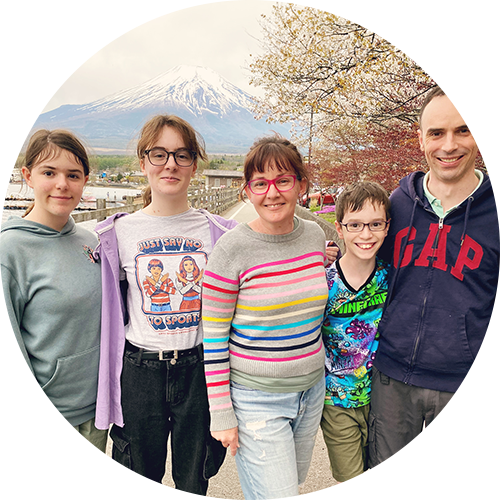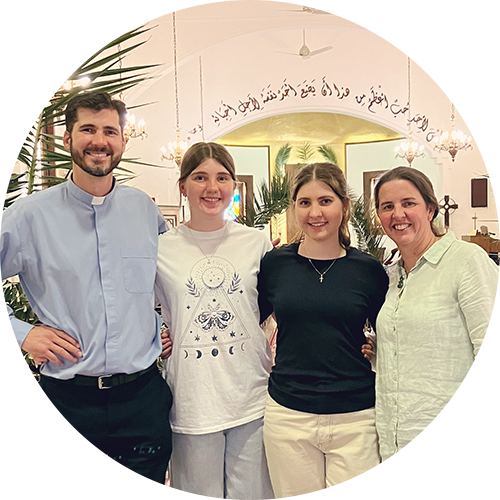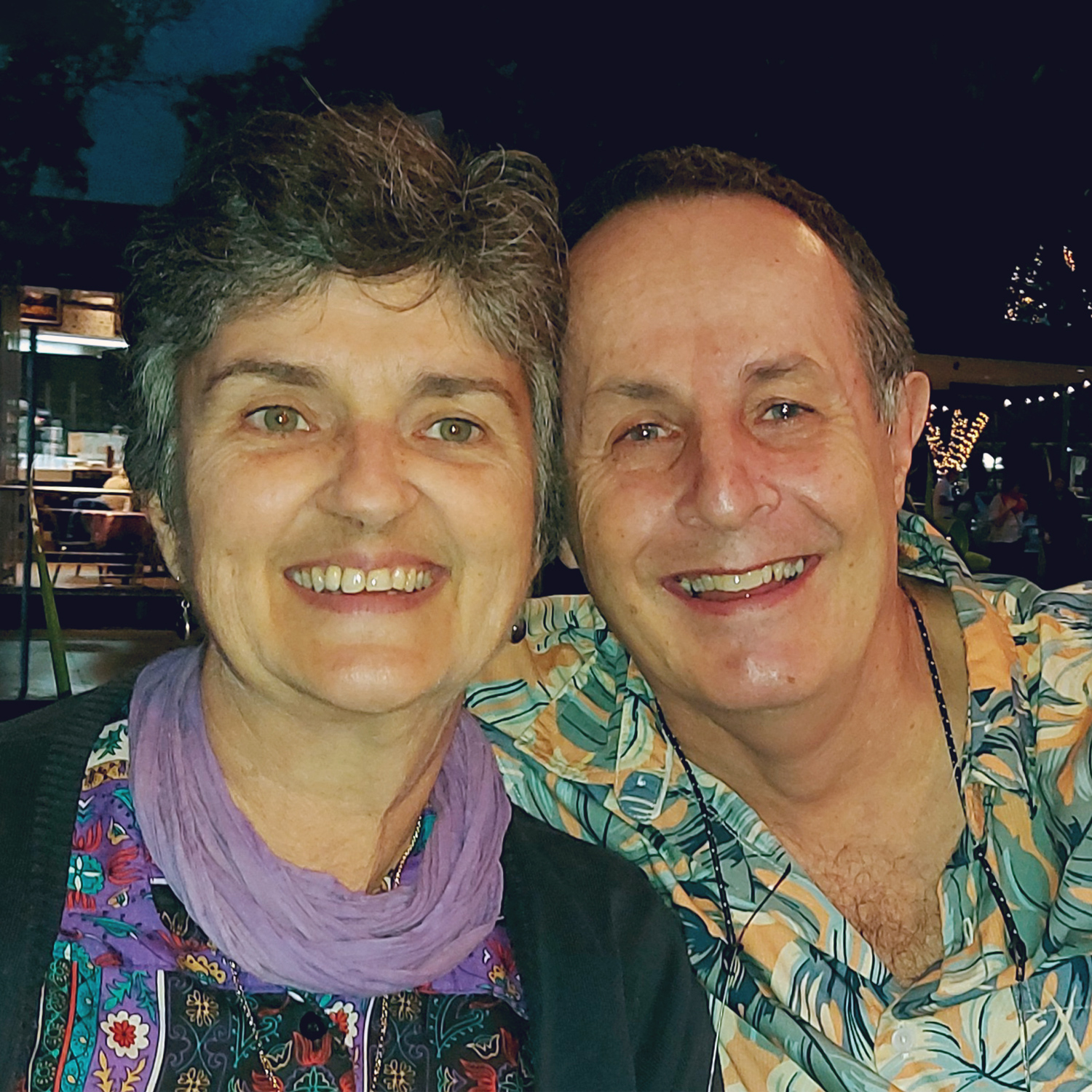Reflections on the Homogeneous Unit Principle: part 2 of 4
CMS Director of Training and Development David Williams continues a series of reflections on the Homogeneous Unit Principle. In this second of four articles, he continues to explain this influential mission idea. (See also parts one, three and four)
This is the second in a series of articles exploring the Homogeneous Unit Principle – the idea that “people prefer to become Christians without crossing racial, linguistic or class barriers.”[1] In the first article we considered the historical context within which the HUP was developed. In the second article we will explore the way that Donald McGavran reached this definition and the way that he used it in practice.
Donald McGavran’s definition and use of the HUP
Donald McGavran was a prolific researcher and activist. His most significant text in relation to the HUP was Understanding Church Growth.[2]
McGavran began his argument by observing that, while lots of good things happen under the banner of mission, one thing is fundamental, of a different essence. That fundamental thing is proclaiming the gospel so that people come to know Jesus and are gathered into churches. McGavran argued that the growth of the church is the fundamental and non-negotiable purpose of mission. I think he would have been happy to echo Broughton Knox’s epithet – “the church doesn’t have a mission, the church is the mission.” McGavran saw the growth of the church as the key outcome or consequence of mission. He argued that the growth of the church should therefore be of fundamental concern to those involved in mission.
McGavran went on to argue that if the growth of the church is of such significance, we should not be ashamed to measure it. McGavran brought the world of statistics and sociological research to the study of church growth. He argued that we benefit a great deal from studying growth trends. And he suggested that our outreach will be greatly helped if we take notice of the trends that our research reveals. The National Church Life Survey in Australia would be a consequence of this research focus. McGavran’s own research was extensive. In his work he noted that comparison can only fairly be drawn between similar contexts. So in Sydney, for example, it would not be valid to compare church growth in the Sutherland Shire with church growth in Lakemba and Greenacre. In order to draw a statistically valid comparison, we must compare contexts that are homogeneous.
McGavran then developed this idea of homogeneity to describe homogeneous units. These are units or groups of people who share racial, cultural or linguistic similarities. He didn’t try to tie the term down too tightly. So the concept of homogeneity is linked to context. At one level, a homogeneous unit could be all Anglos in Australia. At another level, it could be white collar Anglo families earning over $120,000 a year in the Eastern suburbs of Melbourne.
So in McGavran’s argument, the concept of homogeneity arose out of his statistical and sociological research. That then led him to what has become known as the homogeneous unit principle. In reality, as McGavran first described it, it wasn’t really the homogeneous unit principle, it was the homogeneous unit observation: “Men (sic) like to become Christians without crossing racial, linguistic or class barriers.”[3]
At one level, that statement is pretty much self-evident. Men like to do most things without crossing racial, linguistic or class barriers. Men like to eat ice cream without crossing racial, linguistic or class barriers. It is what McGavran did with the observation that makes it significant.
Having made the observation, McGavran started to draw out a number of practical implications. So the homogeneous unit observation became the homogeneous unit strategy. McGavran put the concept of homogeneous units to work in a number of ways. He used the concept of the homogeneous unit to address what, who, where and how questions.
McGavran argued that what missionaries should be doing is to present the gospel to people so that they don’t have to cross racial, linguistic or class barriers. Instead of extracting people from their cultural context he wanted them to be able to hear and respond to the gospel within their cultural context. McGavran stressed that in many parts of the world, what missionaries should be doing is engaging with groups, not individuals. And they should expect people to respond to the gospel as a group – multi-individual, mutually interdependent decision making. And he certainly expected missionaries to present the gospel to people in their heart language. This focus on heart language or mother tongue language is a critical emphasis of McGavran’s work.
McGavran argued that the people who are most receptive to the gospel are the family and friendship network of a person who is exploring faith in Christ. So in your work within a homogeneous unit, where there are signs of faith or of God’s Spirit at work, pursue that family network right out to the edges. If a woman shows interest in the Lord Jesus, share the gospel with her husband, her children, her parents, her grandparents, her siblings, her uncles and aunts, her cousins. Look for an extended family conversion, not an individual conversion. McGavran advised pursuing family networks right out to the edge, to the last two percent.
McGavran noted that some homogeneous units are more receptive to the gospel than others and that the mission world should look carefully to see where this receptivity is evident. There are times in the history of a people group when that people are particularly open to the gospel. McGavran argued that missionaries should follow the Spirit of God to ripe harvest fields. In other words, don’t waste time with homogeneous units that are resistant to the gospel. Focus your resources on the homogeneous units that are responsive, where the Spirit of God is clearly at work.
All of this led McGavran to a big how question. How are we going to reach the world for Christ? His answer was to focus on people groups, especially unreached and responsive people groups. He then challenged the Protestant mission world to set audacious, big picture goals. Plan to take the gospel to the unreached people groups of the world. That message has sunk deep into the psyche of Protestant mission. Forty years after McGavran was writing, participants gathered for the 2010 Lausanne conference in Cape Town. We were challenged to sign up to take the gospel to the remaining unreached people groups in every country around the world.
What was missing from this argument was a theological justification of the homogeneous unit principle. McGavran doesn’t really attempt to provide it, at least not in Understanding Church Growth. There were subsequent attempts to provide a stronger theological rationale. In particular, an attempt to argue that panta ta ethne in the Great Commission refers to homogeneous units, or at least to people groups. But in essence, the HUP was a sociological observation that became a practical strategy.
And notice what McGavran wasn’t saying. He wasn’t saying that the HUP was an adequate end point for churches, a finishing point. The HUP was always a strategy for church start-ups, and especially a strategy for multi-individual, mutually inter-dependent decision-making cultures. In the next article we will start to unpack the HUP and tease apart its different elements.
References Cited:
McGavran, Donald A. Understanding Church Growth. 3rd ed. Grand Rapids, MI: Eerdmans, 1990.
[1] Donald A. McGavran, Understanding Church Growth, 3rd ed. (Grand Rapids, MI: Eerdmans, 1990), 223.
[2] McGavran, Understanding Church Growth.
[3] McGavran, Understanding Church Growth, 223.












































































































